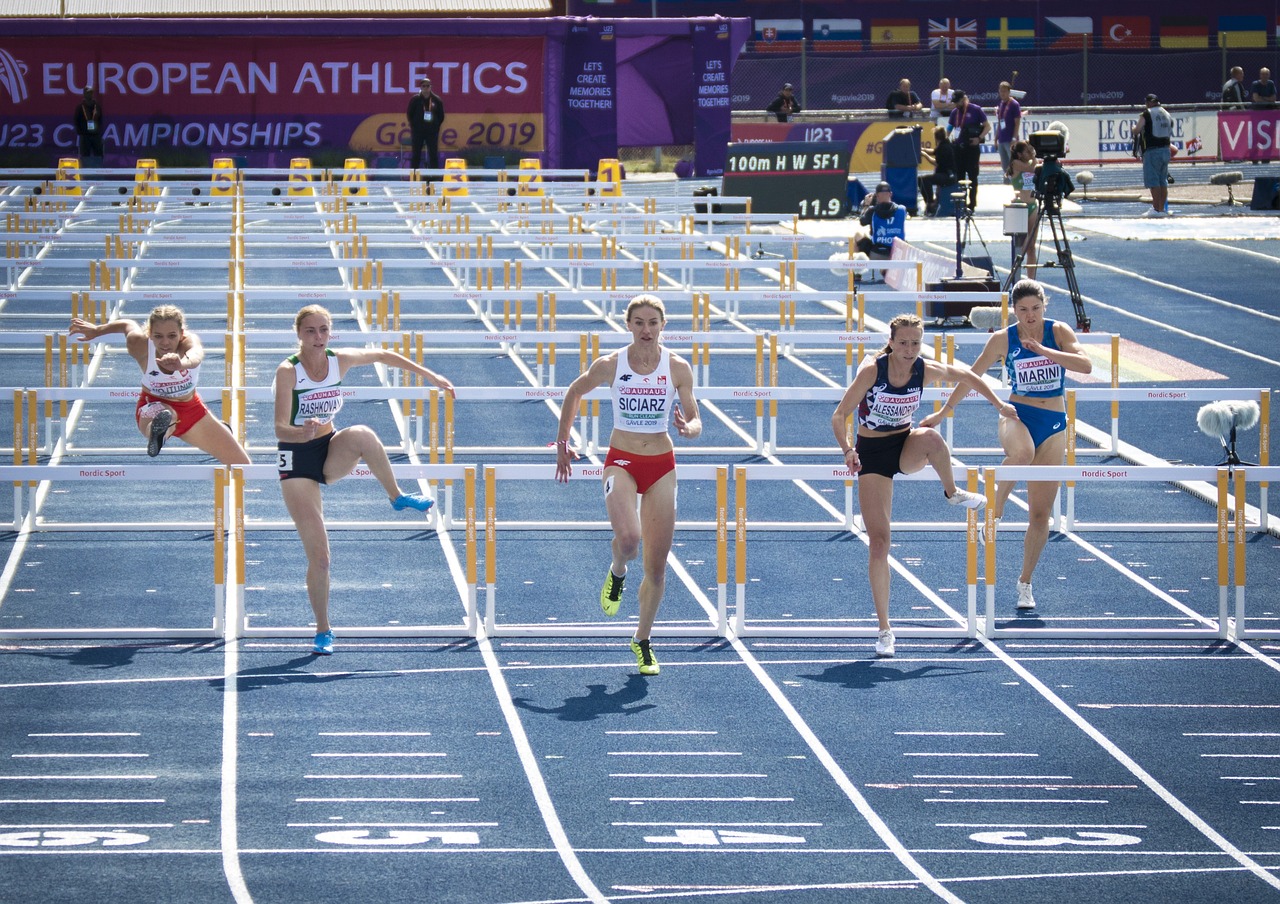In recent years, sports medicine has made significant strides, with stem cell therapy emerging as a particularly promising innovation. This advanced therapy is increasingly considered as a revolutionary approach for professional athletes aiming to recover faster and effectively from injuries.
Stem cell therapy is gaining popularity among individuals who rely on peak physical conditions for their careers, due to its potential to repair tissues and reduce inflammation.
Growing number of athletes have already undergone stem cell therapy, showcasing its growing acceptance.
However, can stem cell therapy be considered the future of recovery for professional athletes?
Let’s delve into the current landscape of stem cell therapy, exploring its advantages, drawbacks, and potential future developments.
Detailed Analysis of Stem Cell Therapy
Stem cell therapy involves the use of undifferentiated cells with the unique capacity to develop into various cell types. Sources such as embryonic tissue, bone marrow, or induced Pluripotent Stem Cells (iPSCs) reprogrammed from adult cells are frequently used to repair or replace damaged tissues, like cartilage or muscle.
This innovative approach offers a promising alternative to traditional surgical methods. Professional athletes, particularly in sports like football and basketball, are exploring these treatments as part of their recovery methods.
When considering the pros and cons of stem cell therapy, it’s crucial to weigh the potential benefits against the risks and ethical implications.
Pros of Stem Cell Therapy for Athletes
Let’s explore the benefits of stem cell therapy for athletes.
-
Accelerated Recovery
Stem cell therapy has shown the potential in speeding up the recovery process for athletes. When injuries occur, stem cells can be directed to the affected area, helping in tissue regeneration and reducing inflammation. This specialised treatment often shortens the recovery period compared to traditional methods, allowing athletes to resume training and compete quickly. Some football and basketball players have experienced quicker recovery from ligament injuries thanks to stem cell therapy.
-
Reduction in Surgery and Medication
One significant advantage of stem cell therapy is the ability to eliminate the need for invasive surgeries. In many cases, sports injuries such as torn ligaments or damaged cartilage typically require surgical intervention, which often comes with a lengthy recovery period. Stem cell therapy provides a less intrusive option, promoting tissue healing and regeneration without the need for surgery. Furthermore, this approach can lessen the reliance on pain medications commonly prescribed for post-operative discomfort. Excessive use of these drugs can lead to side effects and dependency, making stem cell therapy a preferable choice in the long run.
-
Longevity and Career Extension
Professional sports place significant demands on athletes’ bodies, often leading to long-term injuries and diminished performance. Stem cell therapy presents a promising solution for restoring and maintaining the health of muscles, joints, and other tissues, potentially extending an athlete’s career. By promptly addressing injuries and wear and tear, athletes can maintain peak physical fitness for longer, enabling them to excel in competitions beyond their 30s. This treatment not only helps in quick recovery but also promotes long-term health and performance sustainability.
Cons of Stem Cell Therapy for Athletes
While stem cell therapy offers numerous potential benefits, it has drawbacks.
-
Ethical and Regulatory Concerns
The use of embryonic stem cells in therapy often sparks significant ethical debates. Like human embryos, the source of these cells raises moral and ethical concerns for many. While some claim that the potential medical benefits justify their use, others support alternative methods, such as adult stem cells or iPSCs, to avoid these ethical concerns.
-
Safety and Efficacy Concerns
A crucial aspect to consider is the safety and effectiveness of stem cell therapies. While the potential benefits are promising, there are risks involved. Some procedures have led to complications, such as infections or unintended tissue growth.
When it comes to stem cell treatments, it’s crucial for athletes to consult with healthcare professionals. The efficacy of these treatments can vary depending on the type of injury and the individual’s response. These professionals can provide personalised advice and help determine the most suitable course of action for the athlete’s specific needs.
-
Cost and Accessibility
The high cost of stem cell treatment remains a significant barrier for many athletes. These therapies often cost thousands of pounds per session, making them inaccessible to many. This high expense is partly due to the specialised technology and expertise required.
Additionally, insurance providers may not cover stem cell treatments, deeming them experimental or elective. As a result, only professional athletes with substantial financial support or team sponsorships can afford these treatments, limiting access for amateurs or those with limited resources.
According to DVCStem the cost of stem cell therapy typically ranges from $5000 to $50,000 (£3850 to £38,500).
Future of Stem Cell Therapy in Athlete Recovery
Despite the challenges, the future of stem cell therapy in sports medicine looks bright. Ongoing research continues to reveal innovative methods for leveraging stem cell potential, enhancing both the efficacy and safety of treatments.
For instance, scientists are making significant progress with iPSCs, which bypass the use of embryonic tissues and thus avoid certain ethical concerns. With more athletes and sports organisations incorporating these therapies, the standardisation of stem cell treatments in sports medicine is becoming increasingly probable.
Conclusion
Stem cell therapy represents a groundbreaking advancement in professional sports recovery. While its benefits, such as accelerated healing and the potential for career longevity, are evident, the technology also faces challenges, including ethical debates and high costs. As ongoing research continues to refine these treatments and regulatory frameworks evolve, stem cell therapy may become an essential part of athlete rehabilitation, allowing them to maintain peak performance and extend their careers.



